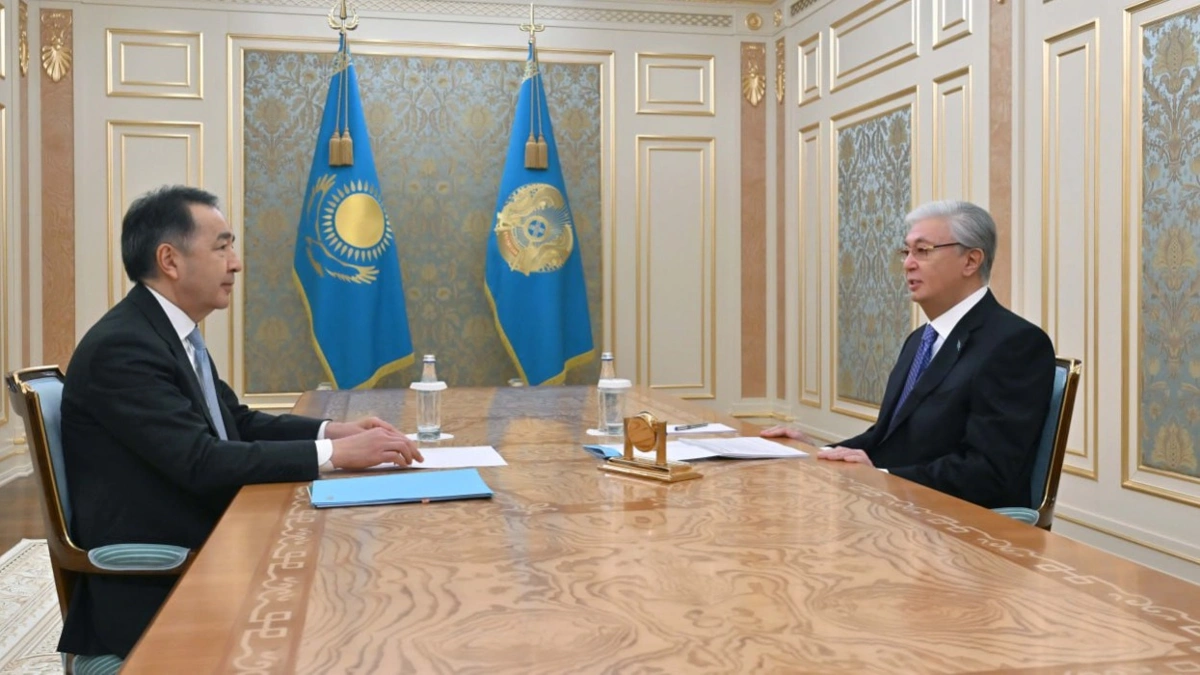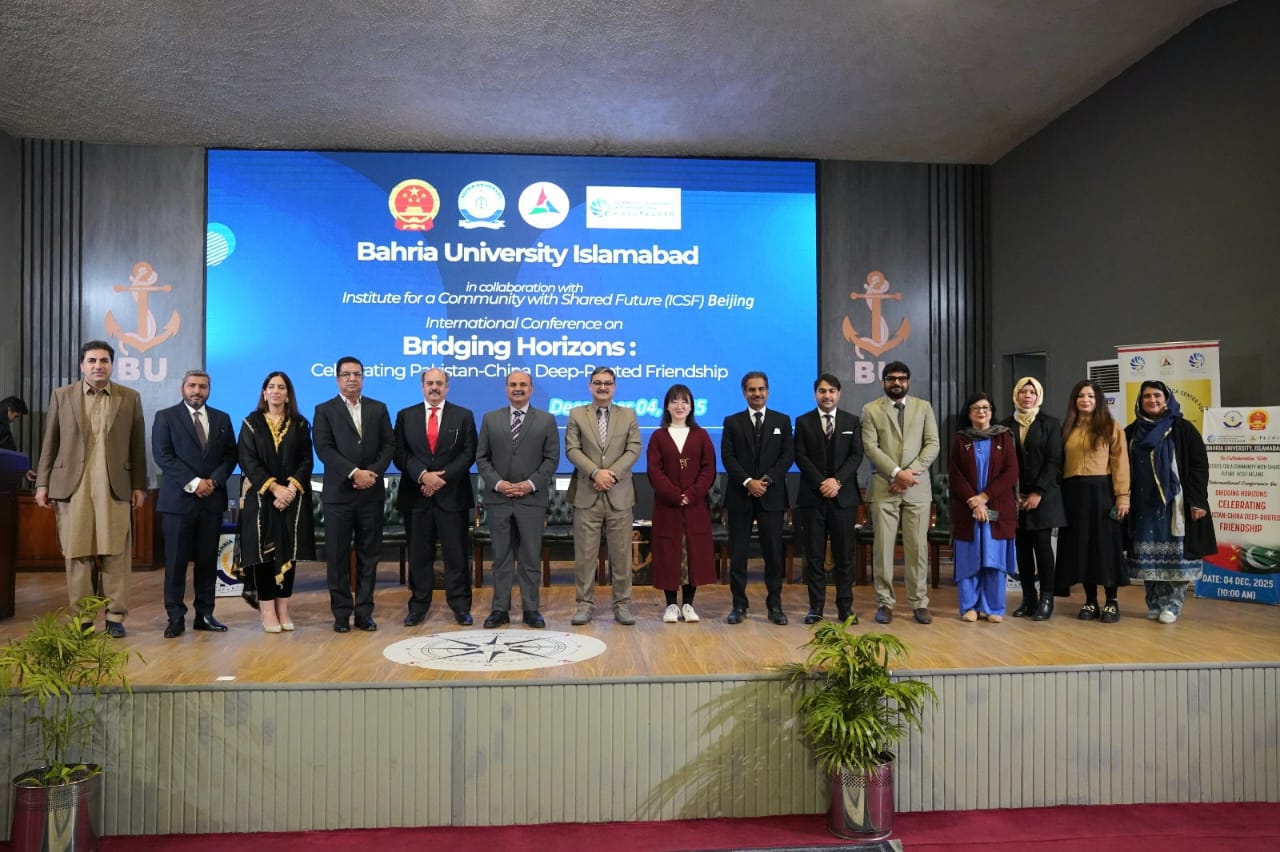My name is Askhat Orazbay and I am the Chairperson of the Executive Committee of the International Fund for Saving the Aral Sea (IFAS), in which Kazakhstan holds the chairmanship for 2024-2026.
I would like to share with the audience information about the activities of IFAS aimed at improving the situation in the Aral Sea basin and serving the interests of the peoples and states of Central Asia for 30 years.
In modern realities, with ubiquitous population growth, rapid economic development of states, and an increase in water consumption per capita, the burden on the environment is steadily increasing. Such an intensification of anthropogenic impact provokes and accelerates the processes of global climate change. In Central Asia, all these processes are proceeding at a faster pace than the global average. The ecological crisis in the Aral Sea basin is accompanied by progressive scarcity and pollution of water resources, land degradation and desertification of vast territories, loss of forests, eco-landscapes and biodiversity. On a huge area of the dried–up bottom of the Aral Sea, a new desert has formed – Aralkum, with a size of more than 54 thousand square kilometers (for comparison: it is comparable to the territory of Croatia and much larger than Estonia, Denmark, the Netherlands and Switzerland).
In these tense conditions, it is highly relevant for the Central Asian States to elaborate new mechanisms for developing cooperation in the region. The main goal of the chairmanship of the Republic of Kazakhstan in the IFAS is to further increase the level of cooperation on the integrated use and protection of water resources, solving environmental problems, socio-economic aspects and introducing elements of a “green” economy in Central Asian countries.
During the period of Kazakhstan’s chairmanship, we will continue to implement two main programs approved by the IFAS Board: Aral Sea Basin Program-4 (ASBP-4) and its systematic monitoring, as well as the Regional Environmental Protection Program for the Sustainable Development of Central Asia (REPPSD CA). The period of implementation of the both Programs – until 2030.
The environmental problem of the Aral Sea began to appear in the 1960s and 1970s, which has led to the fact that there is practically nothing left from the 4th largest lake on our planet. At first, the Aral Sea was divided into two reservoirs, then into three and …
During the years of Independence, Kazakhstan, with the support of the World Bank, carried out comprehensive work and was able to restore a little part – the Small Aral or the Northern Aral Sea, but this is only about 8% of its original value. The port city of Aralsk is still far from the water, which at first went 100 km away, but after the measures taken it came much closer.
Particles and dust of salts and toxic chemicals left on the drained bottom of the Aral Sea are found not only in the Tien Shan and Pamir mountains, but also far beyond the borders of our region. In order to reduce the removal of harmful substances, the countries of the Aral Sea region are actively engaged in phytomeliorative measures, planting of saxaul (Haloxylon) and other vegetation.
But are plantings on the former bottom of the reservoir so effective? What is the current state of ecosystems? As it is known, due to several low-water years in a row, the flow along the Syr Darya has decreased and the volume of water in the Northern Aral Sea has lessened from a maximum of 27 to 20 cubic kilometers. The catch of fish has declined and this has a negative impact on the employment of the local population. The morbidity rate of the population is growing again due to desertification and deterioration of water quality… Will the tragedy happen again? What are the moods and plans of the locals? There are a lot of questions and they are all interconnected.
I believe that we need to study the full range of problems and ongoing work, to update them and to try to solve them as soon as possible and more effectively.
In the Aral Sea Basin Program-4 (ASBP-4), which I mentioned earlier, the environmental direction is highlighted as a separate main area, consisting of 12 project proposals.
I would like to note that joint actions are envisaged to adapt to climate change, including measures to adapt the most vulnerable sectors: water and agriculture, drinking water, energy, biodiversity, forest, pastures and mountain ecosystems. It was envisaged to develop a regional action plan for adaptation to climate change and, thanks to the support of the Program of the German Society for International Cooperation GIZ “Green Central Asia”, five of our countries have developed and adopted a Regional Strategy for Adaptation to Climate Change in Central Asia.
It also provides for the dissemination of the best climate-adapted agricultural practices. We will have to develop a regional program for the protection of biological resources in Central Asia, implement measures to preserve and restore ecosystems in the basins of our main rivers – the Amudarya and the Syrdarya, and continue systematic forest plantations in the Aral Sea region (Priaralye) zone and on the drained bottom of the Aral Sea.
The following environmental projects provide for the development of a system for monitoring the state of the environment and water resources in the Aral Sea region (Priaralye) and on the drained seabed; the development of environmental innovations and technologies in the Aral Sea region (Priaralye) zone.
I consider such a project as “Improvement of water quality in rivers and reservoirs, taking into account international standards, elimination and prevention of pollution, including industrial waste” to be very important. Kazakhstan and other countries are working on joining the Protocol on Water and Health to the Convention on the Protection and Use of transboundary watercourses and international lakes, and Uzbekistan has recently joined it.
Reducing the risks of natural disasters associated with floods, mudflows and droughts in the Aral Sea basin, studying the state of glaciers in the upper reaches of transboundary rivers, developing transboundary eco-corridors, regional networks of specially protected natural areas for the conservation of biodiversity is far from an incomplete list of those projects that we must promote during our IFAS chairmanship.
If we talk about new initiatives that will be carried out within the framework of Kazakhstan’s chairmanship in the IFAS, then this is the creation of a long-term and sustainable regional cooperation mechanism for the effective use of water and energy resources in Central Asia, taking into account the interests of all countries in the region in the fields of irrigation, hydropower and ecology.
Systematic work is also needed to implement a unified automated system for accounting, monitoring, management and distribution of water resources in the Aral Sea basin. President of the Republic of Kazakhstan Kassym-Jomart Tokayev at a meeting of the Council of Heads of States-Founders of the IFAS held on September 15, 2023 in Dushanbe, called on the parties to begin implementing these initiatives.
Strengthening regional cooperation with international development partners, UN structural entities, financial institutions and the donor community plays an important role. It is worthwhile to intensify activities within the framework of generally accepted international environmental conventions, action plans, declarations and joint statements.
In the period of 2024-2026 Kazakhstan will take measures to implement the instructions and agreements reached by the Heads of States at the IFAS Summit on September 15, 2023 in Dushanbe, as well as previously concluded agreements and commitments, which will ensure the consistency of Central Asia’s actions to achieve the global SDGs and its positioning as a single region.
Sincerely,
Chairperson of the IFAS Executive Committee Askhat Orazbay














